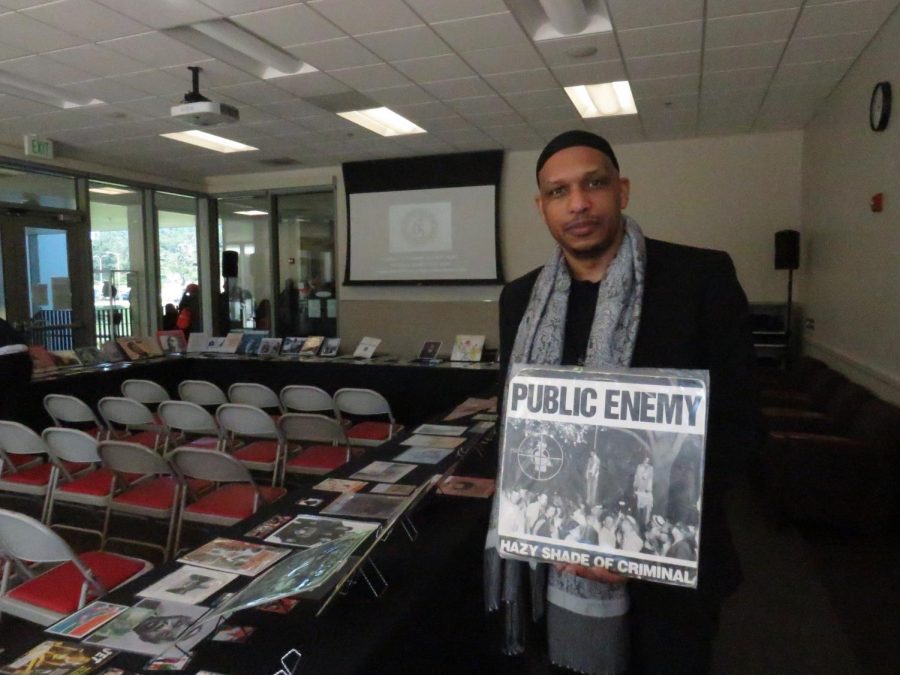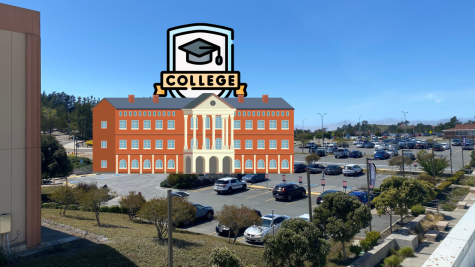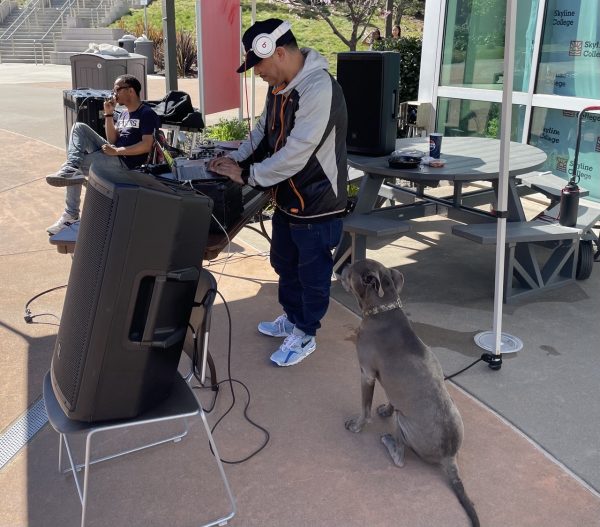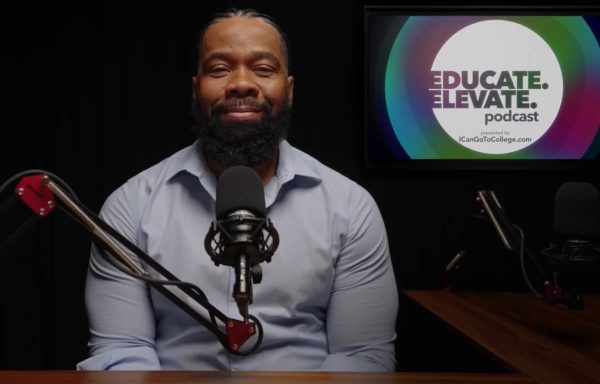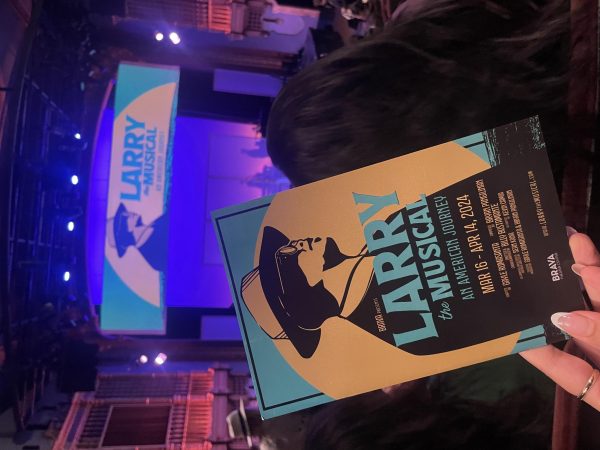Black History Mobile Museum
When educators fail to accurately portray history, it’s up to activists to curate new systems of education that engage students. This is where Khalid el-Hakim comes in. He is the creator of the Black History 101 Mobile Museum which premiered at Skyline on Feb. 20 for Black History Month.
According to the Pollination Project, el-Hakim has “received national and international attention for his innovative work.” What sets it apart from any past system of education on the topic is that it uses over 7,000 artifacts of African American antiquity to highlight oppression and, more importantly, perseverance.
Just as el-Hakim’s former sociology professor, Dr. David Pilgrim at Ferris University, inspired him through his Jim Crow Museum of Racist Memorabilia, el-Hakim inspires a whole new generation of youths. He said that “engaging people with artifacts is just a powerful way to teach history.”
El-Hakim started by collecting artifacts that related to Jim Crow but then decided to expand from Jim Crow in order to represent the whole black experience. The reaction of students to his exhibit has varied but is overall very positive. From cries and anger to inspiration, students experience a multitude of emotions that reflect the history and current state of the black experience in America.
Innovative ideas such as this mobile museum give students a chance to have a safe space to react and create a conversation about black representation in the United States. The history of the African American experience in the United States is not always covered in depth within the educational system. The importance of these artifacts lies in that they represent evidence that was not covered in school curriculums.
One of the most important aspects of this project is that it shows a more accurate depiction of the black experience, which is often misrepresented in the media.
“We need more,” el-Hakim said. “We need a balance. The representation of African Americans is still misrepresented and it’s still very stereotypical… We need to expand that a lot more.” The media depict stereotypes of African American’s. el-Hakim strives to showcase the depth and history which is missing. Without programs like the mobile museum, youths are left to define themselves by what they perceive from the media.
The work el-Hakim has created helps students get inspired by positive role models of the black community. Historical icons like Martin Luther King, Malcolm X, W. E. B. Dubois, Fredrick Douglas, Michael Jackson, Aretha Franklin, and inspirations alike, all serve as a way for young people to see themselves in a positive and accurate light.
“We need to see black representation in dramas,” el-Hakim said. “We need to see love stories. We need to see stories of resistance. We need to see stories of rebellion.We need to see different ways that we’ve responded to this type of oppression in America.”
The Black History 101 Mobile Museum is not one thing or another. In the words of el-Hakim, its purpose is to “tell more broad stories, celebrate humanity, hear and celebrate their stories”.



